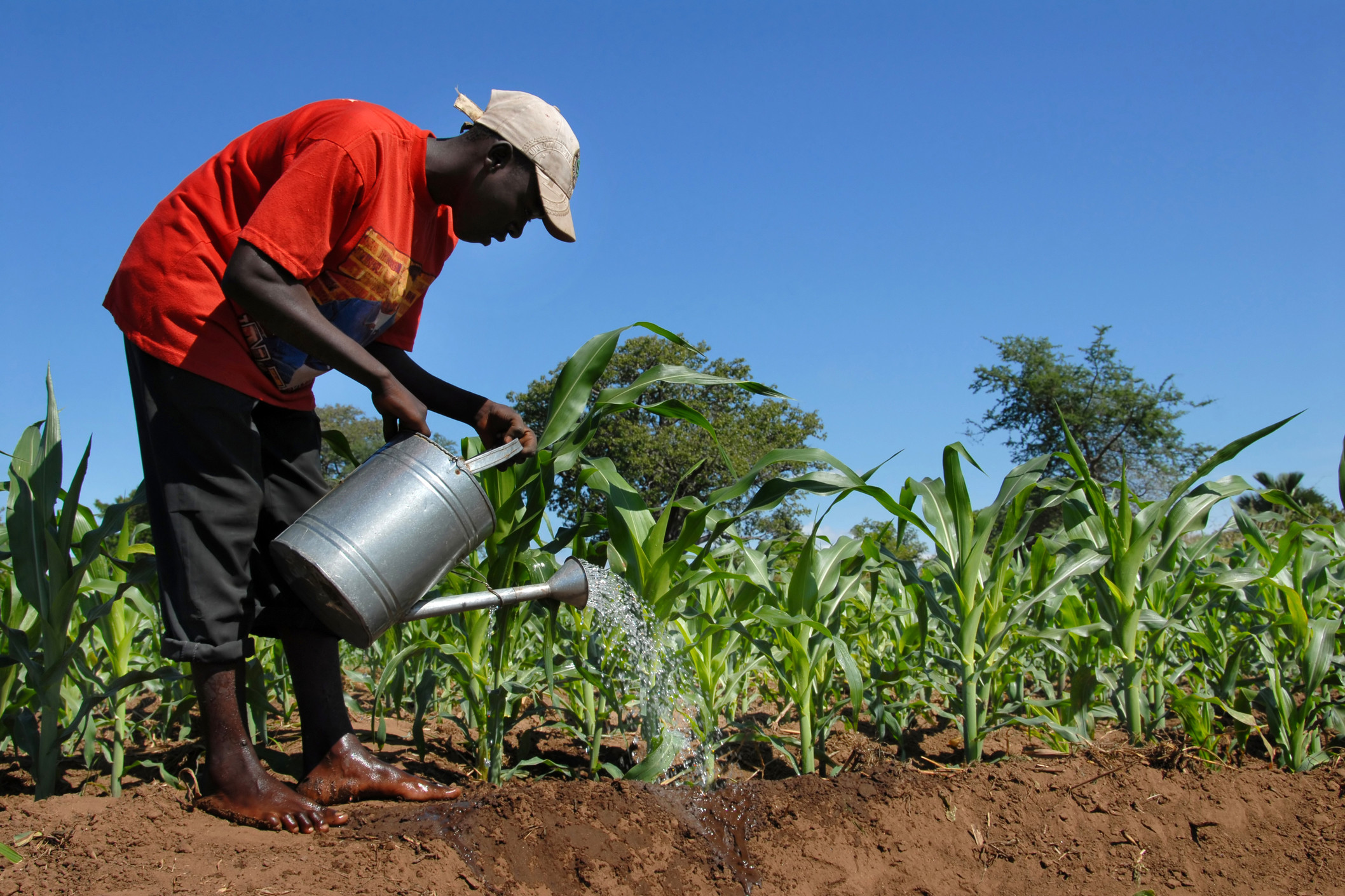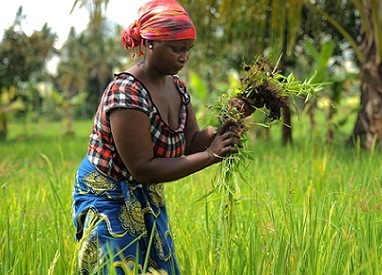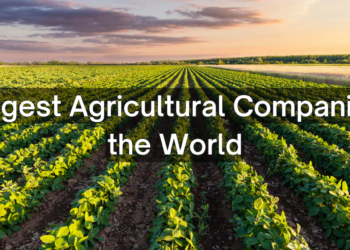This article is about Climate-Smart Agriculture, an approach that aims to increase agricultural productivity while reducing greenhouse gas emissions and building resilience to climate change. The article discusses the key principles and practices of Climate-Smart Agriculture and its potential benefits for farmers, the environment, and food security.
Agriculture is both a contributor and a victim of climate change. The agricultural sector accounts for about 25% of global greenhouse gas emissions, mainly from livestock production, rice cultivation, and fertilizer use.
At the same time, climate change is affecting crop yields, soil fertility, water availability, and pest and disease patterns, threatening the livelihoods of millions of farmers and the food security of billions of people.
In this context, Climate-Smart Agriculture (CSA) has emerged as a promising approach that seeks to address the interrelated challenges of food security, climate change, and sustainable development.
What is Climate-Smart Agriculture?

Climate-Smart Agriculture is an approach that aims to increase agricultural productivity, enhance resilience to climate change, and reduce greenhouse gas emissions. It is based on three main pillars:
- Sustainable intensification: Increasing the productivity of existing agricultural lands in an environmentally sustainable manner, through practices such as integrated pest management, conservation agriculture, and agroforestry.
- Adaptation: Building resilience to the impacts of climate change, such as drought, floods, and pests, through measures such as crop diversification, soil conservation, and improved water management.
- Mitigation: Reducing greenhouse gas emissions from agriculture, such as nitrous oxide from fertilizers, methane from livestock, and carbon dioxide from deforestation, through practices such as precision agriculture, improved feeding and breeding of livestock, and reforestation.
Why is Climate-Smart Agriculture important?
Climate-Smart Agriculture offers several potential benefits for farmers, the environment, and food security. Some of these benefits include:
- Increased productivity: Climate-Smart Agriculture practices can improve crop yields, reduce production costs, and enhance farmers’ income and food security.
- Enhanced resilience: Climate-Smart Agriculture practices can help farmers cope with the impacts of climate change, such as droughts, floods, and pests, and reduce their vulnerability to climate-related shocks.
- Reduced emissions: Climate-Smart Agriculture practices can contribute to the global effort to mitigate greenhouse gas emissions and limit global warming, by reducing emissions from agriculture and preserving carbon sinks such as forests and soils.
- Improved soil health: Climate-Smart Agriculture practices can enhance soil fertility, structure, and organic matter, leading to improved water retention, nutrient cycling, and plant growth.
Climate-Smart Agriculture practices
Climate-Smart Agriculture encompasses a wide range of practices that can be adapted to local conditions and needs. Some of the key practices include:
- Conservation agriculture: A system that minimizes soil disturbance, maintains soil cover, and rotates crops, leading to improved soil health, water use efficiency, and crop yields.
- Agroforestry: A system that combines trees and crops on the same land, leading to improved soil health, biodiversity, and carbon sequestration.
- Improved livestock management: Practices that improve the feeding, breeding, and health of livestock, leading to reduced greenhouse gas emissions and improved productivity.
- Precision agriculture: The use of technology such as sensors, drones, and GPS to optimize the use of inputs such as fertilizers, pesticides, and water, leading to reduced costs, improved yields, and reduced environmental impacts.
Challenges of Climate-Smart Agriculture
Despite its potential benefits, Climate-Smart Agriculture faces several challenges that need to be addressed to achieve its full potential. Some of these challenges include:
- Lack of knowledge and awareness: Many farmers and stakeholders are not aware of the potential benefits and practices of Climate-Smart Agriculture, and need to be educated and trained.
- High investment costs: Some Climate-Smart Agriculture practices require a significant upfront investment, such as precision agriculture technologies, which may be beyond the reach of smallholder farmers or resource-limited organizations.
- Limited access to finance: Many farmers and organizations may not have access to affordable credit or grants to finance their Climate-Smart Agriculture investments, and may require innovative financing models such as crowdfunding, impact investing, or carbon credits.
- Limited policy support: Many governments and institutions may not have adequate policies and incentives to support Climate-Smart Agriculture, and may require supportive policies such as subsidies, tax incentives, or certification schemes.
- Limited market opportunities: Many farmers and organizations may not have adequate market access or price premiums for their Climate-Smart Agriculture products, and may require innovative marketing and value chain models that recognize the environmental and social benefits of such products.
Examples of Climate-Smart Agriculture in action
Despite the challenges, Smart Agriculture is being implemented in many countries and contexts and is showing promising results. Some examples of Smart Agriculture in action include:

- In Kenya, the Climate-Smart Agriculture Project is promoting the adoption of drought-tolerant crops, conservation agriculture, and improved livestock management practices among smallholder farmers, leading to improved yields, incomes, and resilience to climate change.
- In India, the Zero Budget Natural Farming approach is promoting the use of indigenous seeds, organic inputs, and agroforestry practices, leading to improved soil health, water retention, and biodiversity, and reduced production costs.
- In Brazil, the Amazon Sustainable Landscapes Program is promoting the adoption of agroforestry, reforestation, and sustainable livestock management practices among smallholders, leading to reduced deforestation, improved ecosystem services, and increased incomes.
- In the United States, the Soil Health Partnership is promoting the adoption of conservation agriculture, cover cropping, and nutrient management practices among farmers, leading to improved soil health, water quality, and profitability.
Conclusion
Climate-Smart Agriculture is an approach that offers a promising pathway to achieve food security, climate resilience, and sustainable development.
By promoting practices that enhance productivity, resilience, and sustainability, while reducing emissions and conserving natural resources, Smart Agriculture can contribute to the global effort to address the challenges of climate change and ensure a better future for all.
To achieve its full potential, Smart Agriculture requires supportive policies, innovative financing, and concerted efforts by farmers, governments, researchers, and other stakeholders. By working together, we can build more climate-smart and sustainable agriculture that benefits people and the planet.










